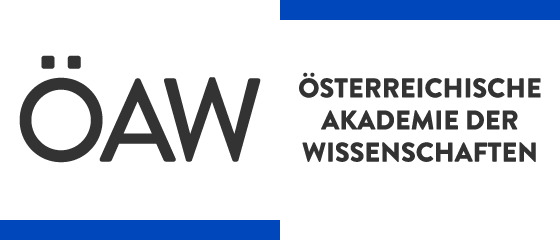The Learned Eye : : Regarding Art, Theory, and the Artist's Reputation / / ed. by Natasja van Eck, Marieke van den Doel, Gerbrand Korevaa, Thijs Weststijn, Anna Tummers.
Artists of the seventeenth century were known not just for their skill with a brush and canvas, but also for their knowledge of history, poetry, and literature—what was referred to as an oculuseruditus or "learned eye." Rembrandt, for example, was known during his lifetime for mixing his o...
שמור ב:
| Superior document: | Title is part of eBook package: De Gruyter AUP eBook Package Backfile 2000-2013 |
|---|---|
| MitwirkendeR: | |
| HerausgeberIn: | |
| Place / Publishing House: | Amsterdam : : Amsterdam University Press, , [2005] ©2005 |
| שנת הוצאה לאור: | 2005 |
| שפה: | English |
| סדרה: | Rembrandt
|
| גישה מקוונת: | |
| תיאור פיזי: | 1 online resource (232 p.) :; 28 black and white 50 colour illustrations |
| תגים: |
הוספת תג
אין תגיות, היה/י הראשונ/ה לתייג את הרשומה!
|
| Other title: | Frontmatter -- Table of Contents -- Introduction -- The Learned Eye -- Biography of Ernst van de Wetering -- Part I. The Work of Art -- In the Beginning There Was Red -- The Use of Wood in Rembrandt’s Workshop. Wood Identification and Dendrochronological Analyses -- Rembrandt's Drawing The Raising of the Cross in the Museum of Fine Arts, Boston -- The Portrait of Theodorus Schrevelius -- Part II. The Rules of Art -- The Contours in the Paintings of the Oranjezaal, Huis ten Bosch -- Aelbert Cuyp’s Innovative Use of Spatial Devices -- Colour Symbolism in Seventeenth-Century Dutch Painting -- Rembrandt and Rhetoric. The Concepts of affectus, enargeia and ornatus in Samuel van Hoogstraten’s Judgement of His Master -- Part III. The Artist’s Reputation -- ‘A Record and Memorial of his Talents for Posterity’: Anthony van Dyck’s Sketch of the Garter Procession -- ‘Das Werk erdacht und cirkulirt’. The Position of Architects at the Court of King Ferdinand I of Bohemia and His Son, Archduke Ferdinand II of Austria -- Crossing the Wall of History. Etienne Delécluze on the Art and Morality of Jacques-Louis David -- Goltzius, Painting and Flesh; or, Why Goltzius Began to Paint in 1600 -- Part IV. Painters, Patrons and Art-Lovers -- ‘Pour mon honneur et pour vostre contentement’: Nicolas Poussin, Paul Fréart de Chantelou and the Making and Collecting of Copies -- Gerard de Lairesse and Jacob de Wit in situ -- ‘The Painter he findes at his Easill at worke’ -- Bibliography of Ernst van de Wetering -- About the Authors -- Index of Names |
|---|---|
| סיכום: | Artists of the seventeenth century were known not just for their skill with a brush and canvas, but also for their knowledge of history, poetry, and literature—what was referred to as an oculuseruditus or "learned eye." Rembrandt, for example, was known during his lifetime for mixing his own colors and for his seemingly "rough" and unique manner of texturing his works. He was not simply an artist; he was a teacher and a salesman too—his etchings were hugely popular with his contemporaries. Rembrandt's "learned eye," his understanding of both the methods and the reality of being an artist, is also visible in the work and lives of other masters like Anthony van Dyck, Frans Hals, and Nicholas Poussin. Contributors to The Learned Eye examine their visions, as well as those of other, more modern artists, all dedicated to the interdisciplinary fields of art, art history, curation, and restoration. Dedicated to the leader of the Rembrandt Research Project, Ernst van de Wetering, The Learned Eye is a superb overview of the artist at work and an exquisite argument for creative and expansive art scholarship. |
| פורמט: | Mode of access: Internet via World Wide Web. |
| ISBN: | 9789048505388 9783110700671 9783111023786 9783110662788 |
| DOI: | 10.1515/9789048505388?locatt=mode:legacy |
| גישה: | restricted access |
| Hierarchical level: | Monograph |
| Statement of Responsibility: | ed. by Natasja van Eck, Marieke van den Doel, Gerbrand Korevaa, Thijs Weststijn, Anna Tummers. |
